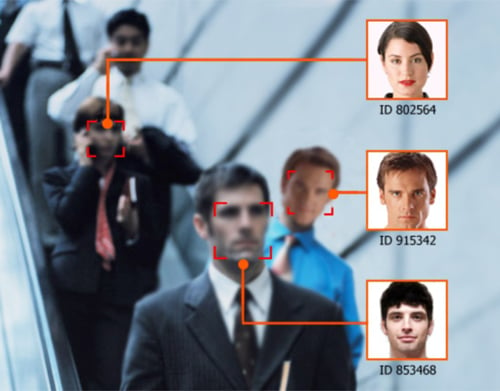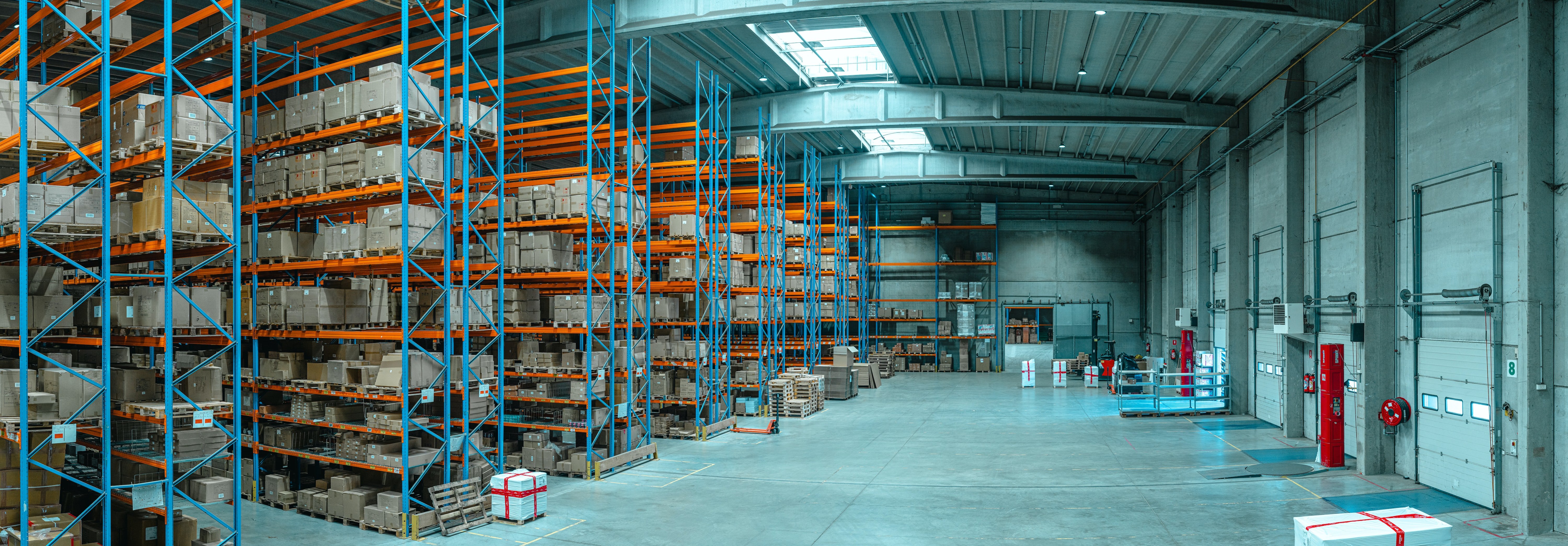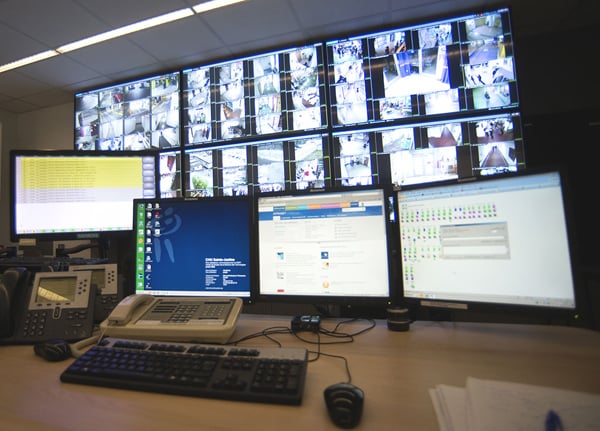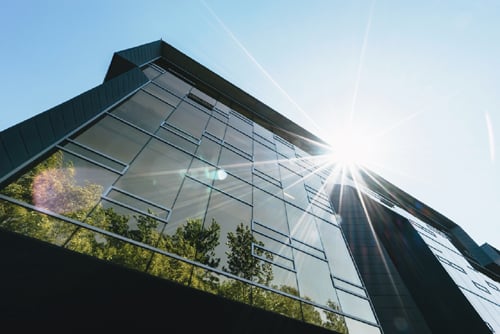Video Analytics: From Surveillance Cameras to Facial Recognition
/ in 2017 /by Danny Vallejo, FirstLine Security Integrations
When video analytics come to mind, we often think of it in the traditional sense: a camera detects an object or a person and alerts you if something is out of place. However, as the security market becomes even more competitive, companies are developing advanced algorithms to stay current and increase profitability.
To combat the lower price point of surveillance cameras overseas, some companies are building proprietary algorithms directly into the camera, so as soon as it’s removed from the box, it is ready to use. Immediately, that camera can detect if motion is present, and automatically records video 30 seconds prior to, and following, movement, as opposed to continuously.
To put it into perspective, normal surveillance cameras would record for 24 hours a day, capturing roughly 12 hours of motion during that time. This analytic reduces storage needs by 90% but costs upwards of $1800 per camera, as opposed to $800 without this feature. This has been used in casinos where laws require keeping video surveillance on file for a year. As opposed to using five petabytes of storage, it is reduced to one. All you have to do is flip a switch and this feature is activated.
We are also seeing an increase in video analytics in retail settings. Some software can detect if a customer is lingering around a certain section of the store, and sends an alert to let the employees know to assist the customer or investigate the suspicious activity. Other software can detect if a cashier prints a double receipt for a return when there are no customers present to contest internal theft. Still, there is an ongoing race among security professionals to see who will create the next big thing.
Most people are familiar with Apple Pay and Google Wallet, but some innovators want to eliminate the need for a phone or wallet while shopping by using facial recognition technology. In this instance, video analytics would allow you shop throughout the store, make your selections, and walk out without any interaction with a cashier. The software knows what you took and charges you accordingly by matching your face to your account. The metadata in the recorded video is analyzed multiple times, from the moment the customer enters the store, to after the customer leaves. By analyzing live and recorded videos simultaneously, the software can determine the required action going forward. In this case, the action is to charge the customer’s account. This is next level in video analytics.
Although advanced analytics are more costly, efficiency and long-term savings result from the investment. Video analytic technology has improved drastically and will continue to evolve to provide end users with valuable information and tools to increase profitability.






